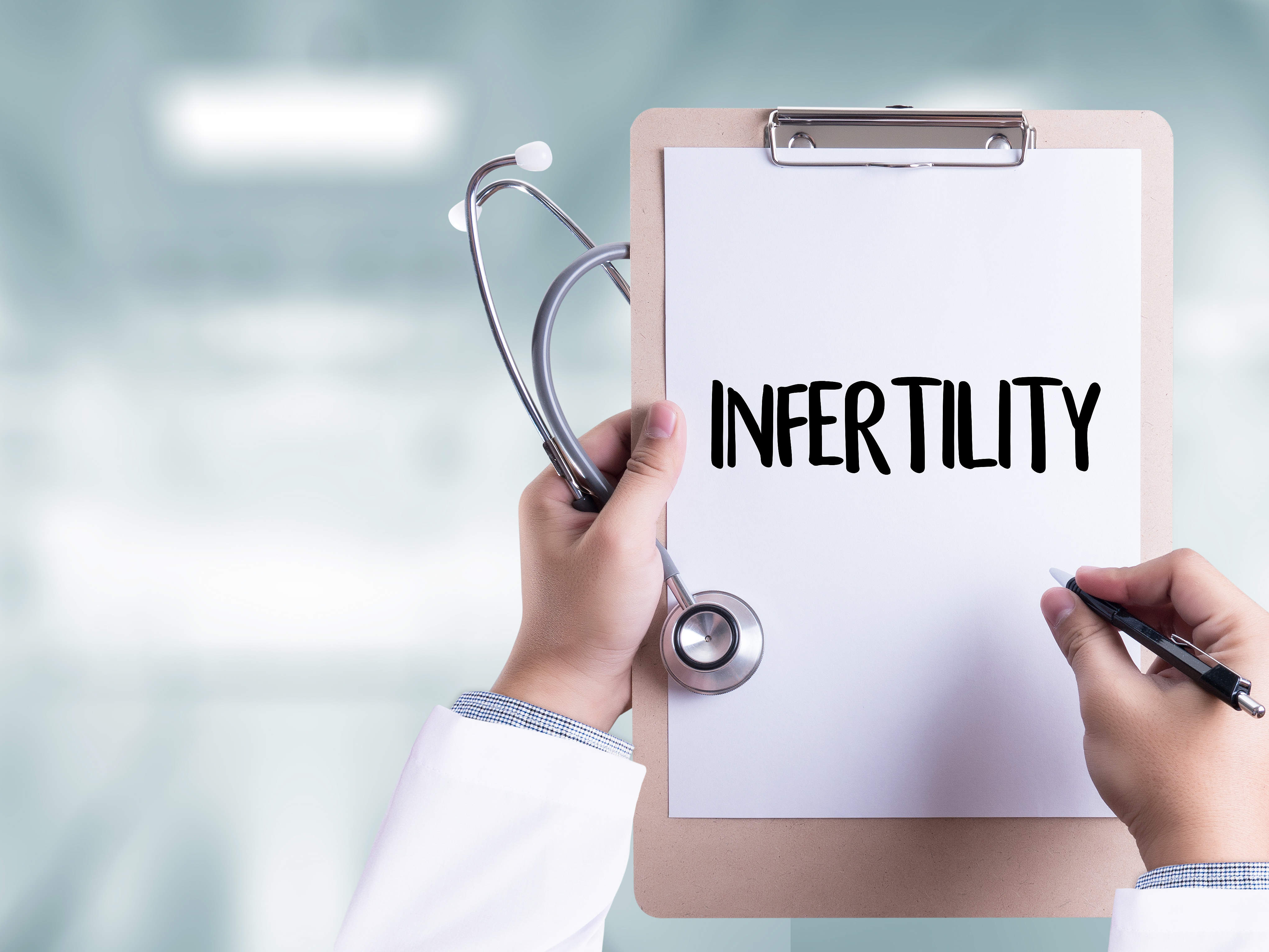Understanding what entails normal fertility is important to help a person or a couple to gauge when it is time to ask for help. Almost 85% of couples are able to successfully conceive within a year of trying. About 7% of couples are able to conceive in their second year. Thus, infertility is defined as one’s inability to conceive successfully within 12 months. It is generally recommended to seek help from a doctor in case conception has not happened within a year of trying. However, there are various reasons and situations where someone may be advised to seek professional help earlier.
Reasons for Female Infertility
Below are a few common reasons seen in women that result in infertility:
Advancing maternal age: Age-related infertility in women is one of the most common causes of infertility in today’s times. When women age, the number of eggs decrease at a fast rate. Also, the egg quality goes down and the likelihood of an egg to be genetically normal also reduces.
Ovulation-related disorders: Regular ovulation is a primary factor for women to conceive naturally. There are also many disorders that could impact the chances for a woman to ovulate normally.
Tubal blockage: In case someone has had sexually-transmitted infections like gonorrhoea, chlamydia, or pelvic inflammatory ailments, then it can affect a female to have blocked fallopian tubes. Tubal blockage or occlusion is a reason of infertility since an ovulated egg is not able to be fertilized by sperm or fails to make it to the endometrial cavity.
Uterine fibroids: Fibroid have become very common as almost 40% of females have them and this is a big cause of infertility. Though, their size and position actually determine their effects on one’s pregnancy.
Endometrial polyps: These are finger-like outgrowths in the uterine cavity rising from the uterine lining, called the endometrium. They can reduce one’s fertility by almost 50% as per some studies.
Endometriosis: This is a disorder whereby cells that are quite similar to the ones lining the endometrium, are also found outside of the uterine cavity. This happens in almost 10-50% of females and can be related to infertility and also the pain experienced during menstrual periods and/or intercourse.
Also Read: Breast Augmentation
What is Male Infertility?
Male infertility is mainly due to low sperm production, erectile dysfunction, abnormal sperm function or maybe blockages that stop the delivery of sperm. Ailments, injuries, chronic health issues, hormonal imbalances, lifestyle choices and some other factors could play a role in triggering male infertility. One of the main tests to determine the male partner is the semen analysis.
Factors that ascertain male fertility:
One should produce healthy sperm and adequate semen volume.
Higher sperm concentration is required to increase the probability of conception.
Sperm should possess the motility to move swiftly for conception to occur.
The sperm shape or morphology regulates its capability to fertilize the egg.
Risk factors related to male infertility
- Excessive smoking
- Use of alcohol
- Use of some illicit drugs
- Excess weight
- Severe depression or stress
- Some infections in the past or present
- Overheating of the testicles or experiencing some trauma to the testicles
- Experience of a vasectomy or any major abdominal/pelvic surgery
- History of undescended testicles
- A fertility disorder by birth or having some blood relative who has a fertility disorder
- Specific medication
Fertility treatments available for females:
Fertility hormones and drugs to assist the female to ovulate or re-establish the hormone levels
Surgery to eliminate tissue which is blocking fertility or to open the blocked Fallopian tubes.
Assisted reproductive technology (ART) treatments for male and female infertility problems
Intrauterine Insemination (IUI): In this, the sperm is collected and the positioned inside the female’s uterus when she is ovulating.
In Vitro Fertilization (IVF): The sperm and egg are gathered and brought together in a laboratory. Now, the fertilized egg cultivates for 3 to 5 days. Lastly, the embryo is put inside in the female’s uterus.
Gamete Intrafallopian Transfer (GIFT) and Zygote Intrafallopian Transfer (ZIFT): The sperm and egg are gathered and brought together in a laboratory, and then put in a fallopian tube. GIFT helps in placing the sperm and eggs in the fallopian tube. ZIFT enables to place a fertilized egg in the tube within 24 hours.
Are you dreaming of starting your parenting journey soon? Consult a good reproductive endocrinologist and find about infertility treatment in Delhi and male infertility treatment in Delhi to discuss your condition and find ways to overcome it.


























